NAPA VALLEY, Calif. — A brisk winter morning can be a great motivator for a nature walk or hike in any of the many parks scattered throughout the Napa Valley. The slant of the sun presents familiar sights in a truly different light, allowing one to take in nature’s nuances anew. Breathing in the pungent, earthy scent of decomposing leaves and listening to enhanced creek sounds that appear to have hit the reset button after recent rains can truly elevate your spirits. The theater of nature awaits, and these are some of the forest creatures you are likely to encounter along your way.
Black-tailed deer
A sighting of the common but elegant black-tailed deer never ceases to please hikers. The deer seem to appear as if by magic, then disappear in the same manner. As they browse the trees and shrubs across the landscape, they remind us of the interconnectedness of nature and how plants and animals depend upon one another. Deer feed on salal, western red cedar, Douglas fir, lichens and ferns in winter and spring, resorting to forbs, maple, grasses, blackberries and more in fall.
During November and December, when the rutting season begins, bucks are found running after does. After the rut, when the bucks tend to hide and rest, they drop their crown of antlers. The forest makes use of the calcium and various nutrients found in these when voles, mice and other mammals consume them. When April comes around again, the bucks regrow them.

The does gestate for six to seven months, and their fawns are often born in May or June, when it is common for twins to arrive. During their first week of life, the fawns have no scent, which allows the mother to feed while knowing her young are safe. Deer possess important forms of communication in their pheromones and scent glands. They can produce an alarm scent and a scent for recognition within the family. In addition, black-tailed deer boast an exceptional sense of sight as well as an exceptional sense of smell. And since they are equipped with large ears that move independently, they are experts at hearing and sensing danger.
Banana slug
This lowly forest creature is important to a forest's ecosystem because of the slug's time spent consuming detritus such as dead leaves, mushroom spores, moss and even animal scat. These are industrious, albeit not especially pretty, little dynamos whose home range is from central California to southeast Alaska. After the slugs consume their fare, they drop nutrients back into the soil as a form of fertilizer.
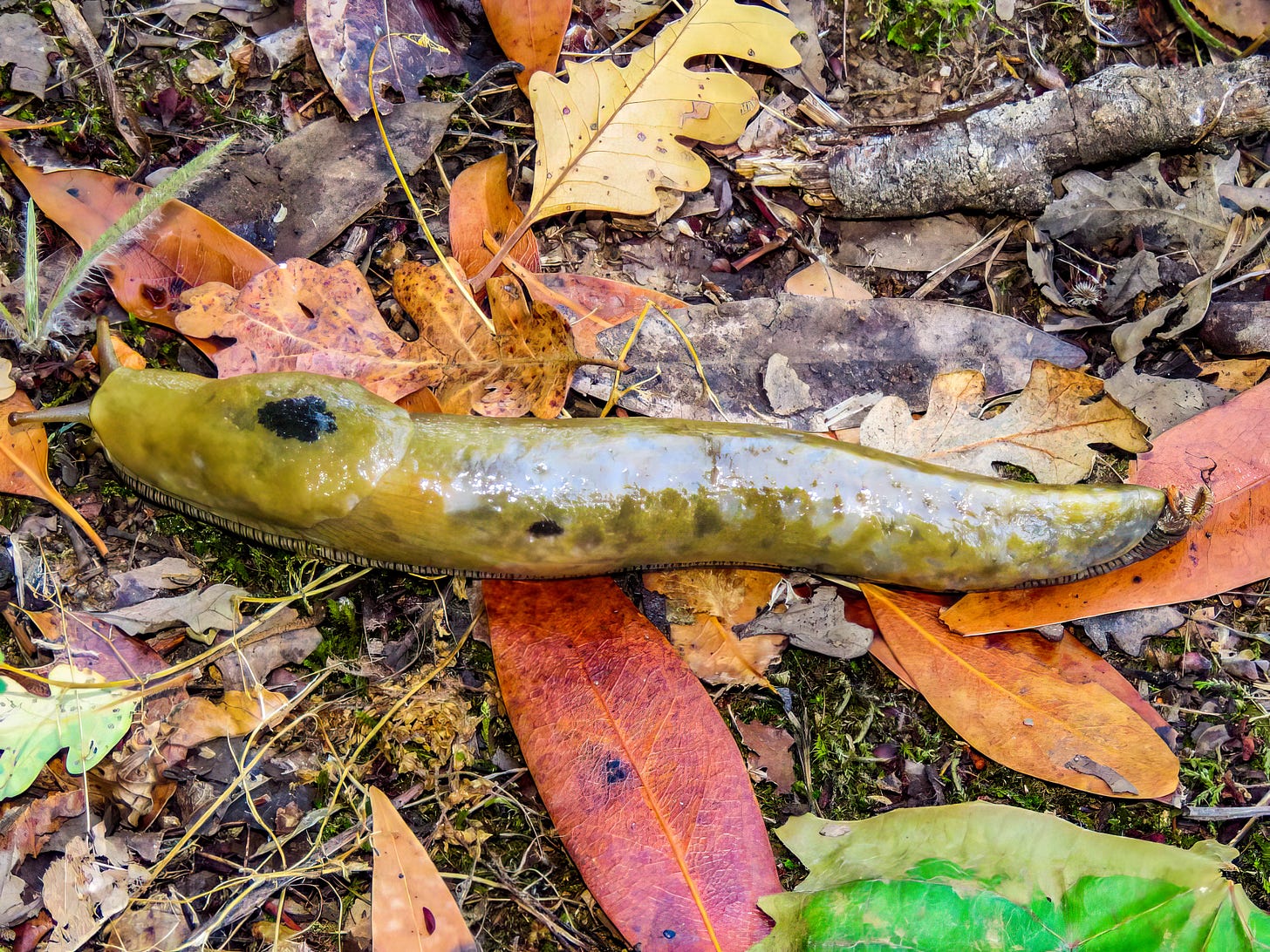
The Pacific banana slugs obtained their name due to their unique shape and color, which is often black-specked with dark, ripe-banana markings, though the 6- to 8-inch-long slugs can also be green, depending on their diet. Banana slugs can grow up to 9 inches in length and travel the forest floor at 6 ½ inches per minute, making them one of the most “sluggish” (pun intended) creatures on the planet.
Banana slugs need moisture to thrive, but they can survive dry periods by producing extra slime or via a dormant period known as aestivation. Those who study mollusks such as snails and slugs have determined that a slug’s slime allows it to absorb water at rates of up to 100 times its volume. The slug’s slime also holds an anesthetic that can numb a predator's mouth, making it an unpleasant food choice for many woodland creatures. Raccoons have learned to roll the slug in a layer of soil to prepare it for their dinner.
Be sure to scout out the lowly but interesting banana slug when you are taking in the forest sights.
Pileated woodpecker
The impressive pileated woodpecker is a treat to encounter. You may get lucky and watch it feeding on toyon berries or other delicacies higher up in the forest canopy. Standing at 16 to 19 inches tall with a 27-inch wingspan, it is large enough to spot, but you can identify this mighty woodpecker by sound alone. Its strident “kuk-kuk-kuk” call is distinctive from all other birds.
You can sometimes tell that one has been in the area by the scattering of wood chips left below on the forest floor after it has dined on grubs, larvae, termites or ants from beneath a chosen tree's bark. They also consume berries, including sumac, elderberry and toyon, as well as caterpillars. When the pileated woodpecker is pounding a hole to find a cache of food, it can peck up to 20 times per second with its heavy, reinforced bill. Then it can be found gripping the tree’s bark with its zygodactyl feet, which have both front- and rear-facing “toes” that allow the bird to hold on and pound harder.
These red, white and black birds are found most often in deciduous or deciduous-coniferous woodlands and make use of dead or decaying trees, since they are often ripe with foodstuffs. Male pileated woodpeckers are also expert at excavating nest holes. After one drills a 10- to 20-inch cavity, the female often adds the finishing touches to the nest site by chipping the dimensions just right, then lining the nest with the wood chips created during nest-building.
Western gray squirrel
Western gray squirrels are the clowns of the woods. They put on quite a show as they zoom up and down and around tree trunks chasing one another, then scurry up a branch and leap across to another tree. Sometimes called California gray squirrels, these animals are vocal creatures that may lead you to believe you are hearing a bird. Squirrels thrive up to 6,000 feet in elevation, and their subspecies’ range is from Washington state to the western Sierra Nevada Mountains.
Western gray squirrels’ diet consists of nuts; seeds such as bay laurel nuts and pine nuts; insects; fungi; and berries. Squirrels molt in the spring but use their thick, luxurious tails as a warm wrap in winter or to hide from predators such as eagles, hawks, mountain lions, coyotes and raccoons.
Rough-skinned newt
Newts, cousins to frogs, are a type of salamander. The rough-skinned newt, not surprisingly, obtained its name because it does indeed possess rough skin. Besides its texture, the newt’s rough skin does not invite handling for another reason: It contains a toxin. The special toxic skin of these 5- to 8-inch-long newts is a great survival tactic as it deters most predators.
Another unique means of defense is that the newt also produces a pungent odor as a caution to predators such as snakes. Some snakes, such as garter snakes, will go so far as to partially swallow a newt, but then, if the toxin seems too strong, will regurgitate the critter. The newt’s warning coloration of red on its underbelly also serves as a weapon against predation. Their brown, rough skin serves to camouflage them.
Newts’ habitat ranges throughout the Pacific Northwest, from Santa Cruz, California, to Alaska. During some wet years you may be privy to viewing an armada of newts, as they are collectively called.
The Department of Fish and Wildlife informs us that newts spend time undercover, hiding beneath leaf matter, stones and under stumps as they hibernate during cold months. Four species of newts can be found in California: the California newt, red-bellied newt, Sierra newt and the rough-skinned newt. The species are similar in looks, but a closer inspection of their eye stripe can aid in species identification.
During January and February the male newts vie for position to await the females. Then the male sends out a chemical that attracts the female. Soon after that, look for egg masses containing dozens of eggs at the edges of ponds. In 20 days the newt larvae will emerge into the water. The 8-inch rough-skinned newt is fun to watch as its gait is slow as its stocky, rubbery-looking toes wiggle-walk it to its destination.
Jackrabbit
According to the Napa Naturalist checklist, four species of rabbit can be found in Napa County: the European rabbit, desert cottontail, brush rabbit and black-tailed jackrabbit. The jackrabbit is not your typical bunny. National Geographic says that jackrabbits are actually hares — and a hare is not a rabbit but a relative within the mammalian order Lagomorpha.
Whereas a rabbit will high-tail itself to its burrow to hide from a predator, a hare will freeze in place if threatened. With their long ears that resemble a donkey’s, jackrabbits were once called jackass rabbits; Mark Twain wrote about the critters in “Roughing It.” Later it became more common to refer to the gangly mammals as jackrabbits. A popular term in our lexicon is “harebrained,” meaning silly. That term originates from the observed behavior of the jackrabbit when it becomes nervous or agitated when caged.
A female jackrabbit is called a jill. A jill requires a male to chase her for miles to demonstrate that he will make a good mate. But watch out! She will heave a punch at a male if she is not in the mood. Females birth several litters a year, each containing one to six baby rabbits or kits.
Jackrabbits grow about 2 feet in length and weigh 3 to 6 pounds at adulthood. Beige fur speckled with black allows them to blend into grasslands, while their long ears can track sounds by pivoting. Their keen sense of hearing keeps them safe from predators such as bobcats, foxes and coyotes. Another means of protection for this species is its ability to thump its feet to warn other rabbits. They can also scream, bite and kick with their powerful feet. More active in late afternoon, jackrabbits often hide during daylight hours.
You may be able to spot one as it dines on grasses and shrubs. Watch for its antics throughout the mating season in January through August, when they jump up, frolic and become “mad March hares.”
Northern flicker
The northern flicker is a favorite among the many bird species you may encounter on woodland walks around Napa Valley. Flickers, medium-sized birds in the woodpecker family, are beautifully marked with black scallops and dots that decorate their light brown plumage. The undersides of their wings are red. Like other woodpeckers, flickers can be heard drumming on trees to announce their territory.
All birds have the ability to shed water due to nature's engineering of their flight feathers. Birds preen via a gland located under their tail feathers, which keeps them waterproof. Preening also keeps their feathers aligned, allowing them to shed rain water like a house's gutter.
Bird species have evolved with an amazing array of beaks or bills. A bird’s bill is utilized in many ways — for preening, feeding, nest-building and in some cases for attack. Northern flickers’ diet consists of seeds, fruits, ants and larvae. They are equipped to jackhammer the ground like their relatives the woodpecker in order to reach insects.
Take a walk on the wild side and saturate your senses with nature's bounty. Add squirrels, jackrabbits, newts, banana slugs, deer, flickers and pileated woodpeckers to your watch list as you enjoy the secrets and wonders nature has to offer, all for the price of a walk outdoors.
If today's story captured your interest, explore these related articles:
Kathleen Scavone is a naturalist and writer based in Northern California. Contact her at kgscavone@gmail.com.


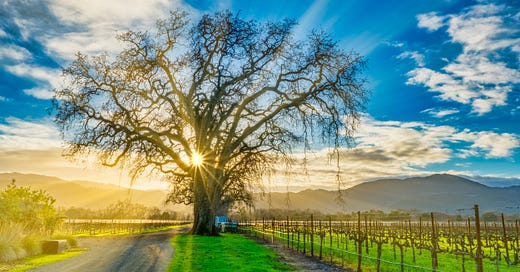




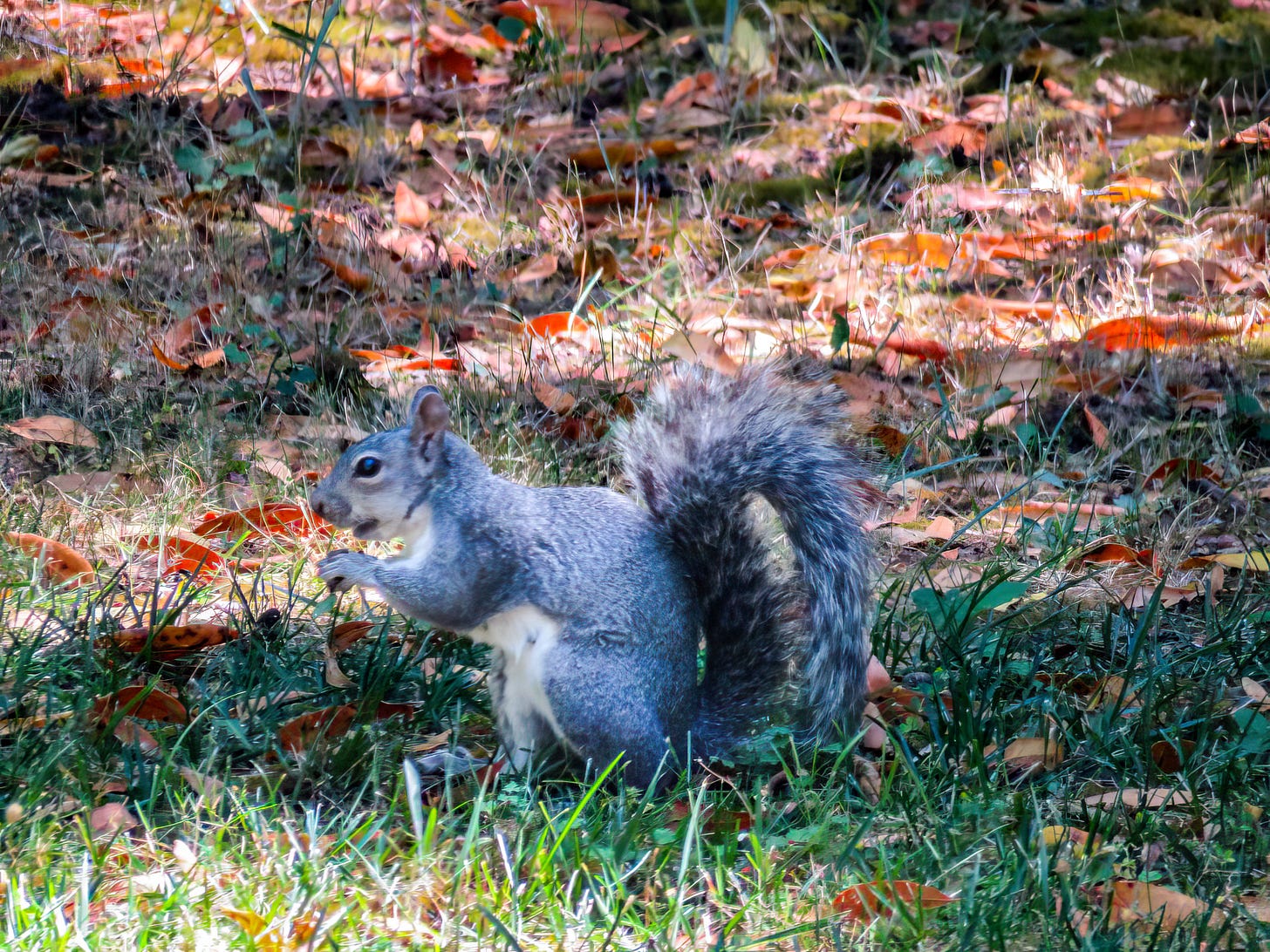
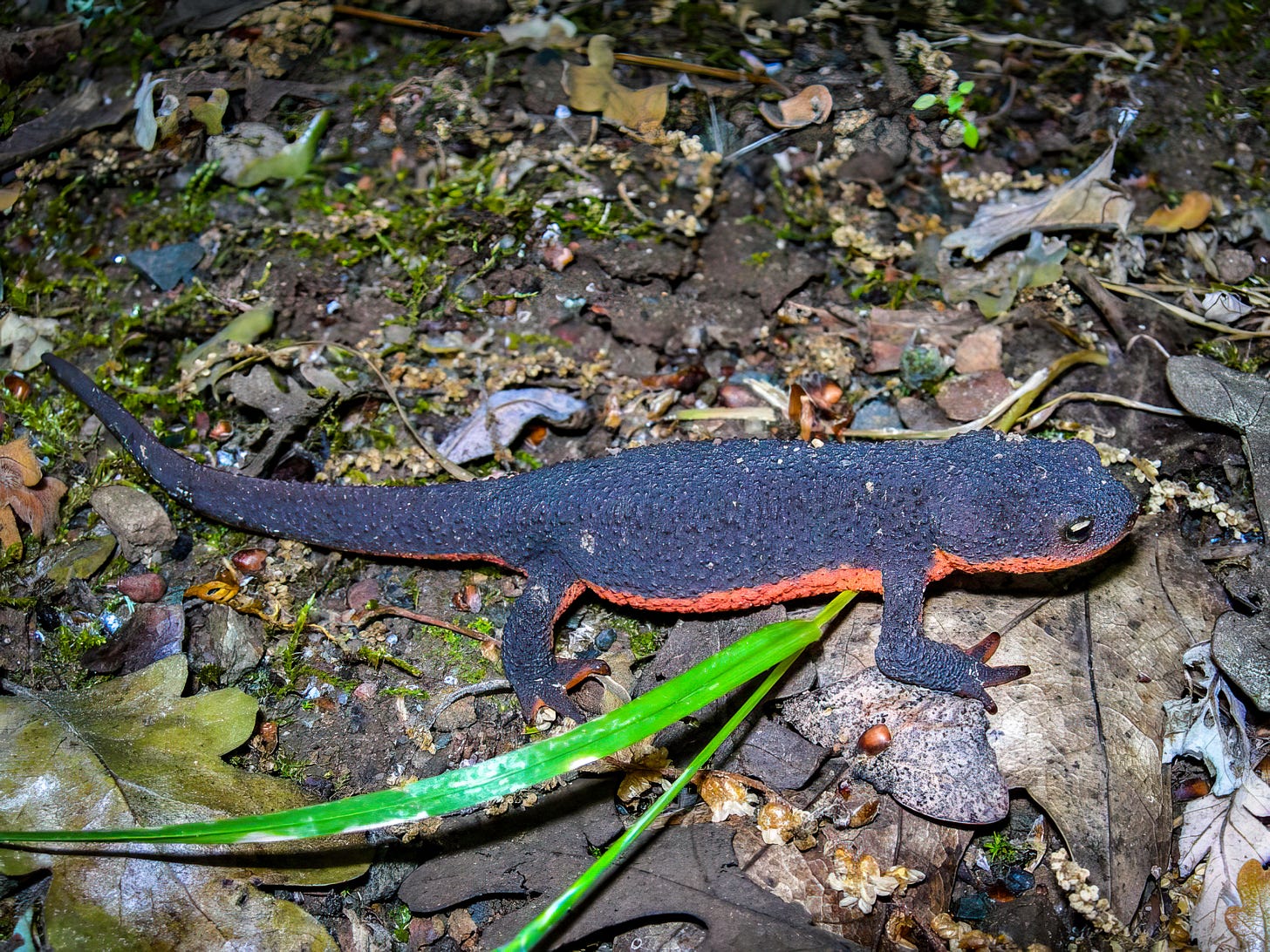

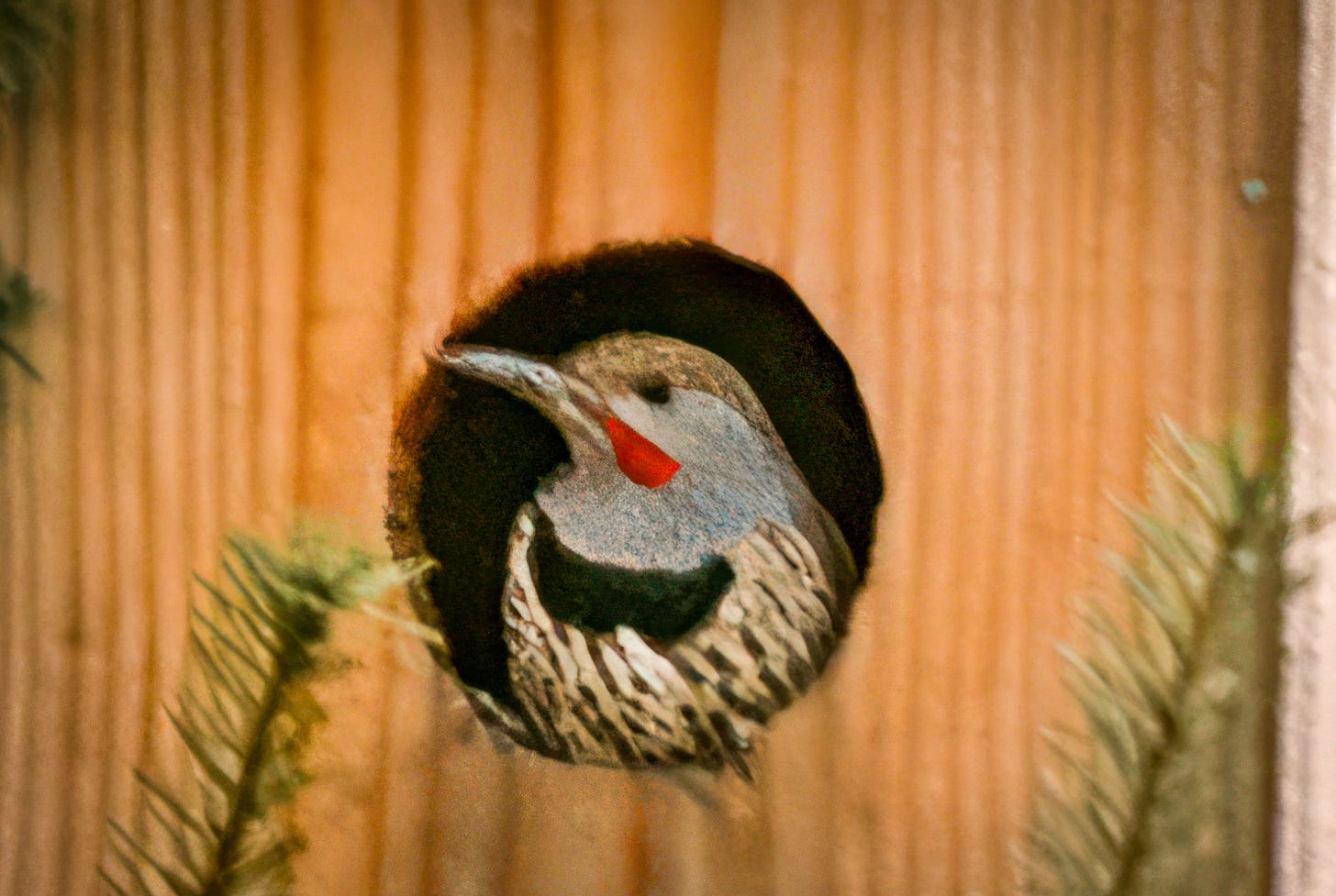
Wonderful article! Thank you.